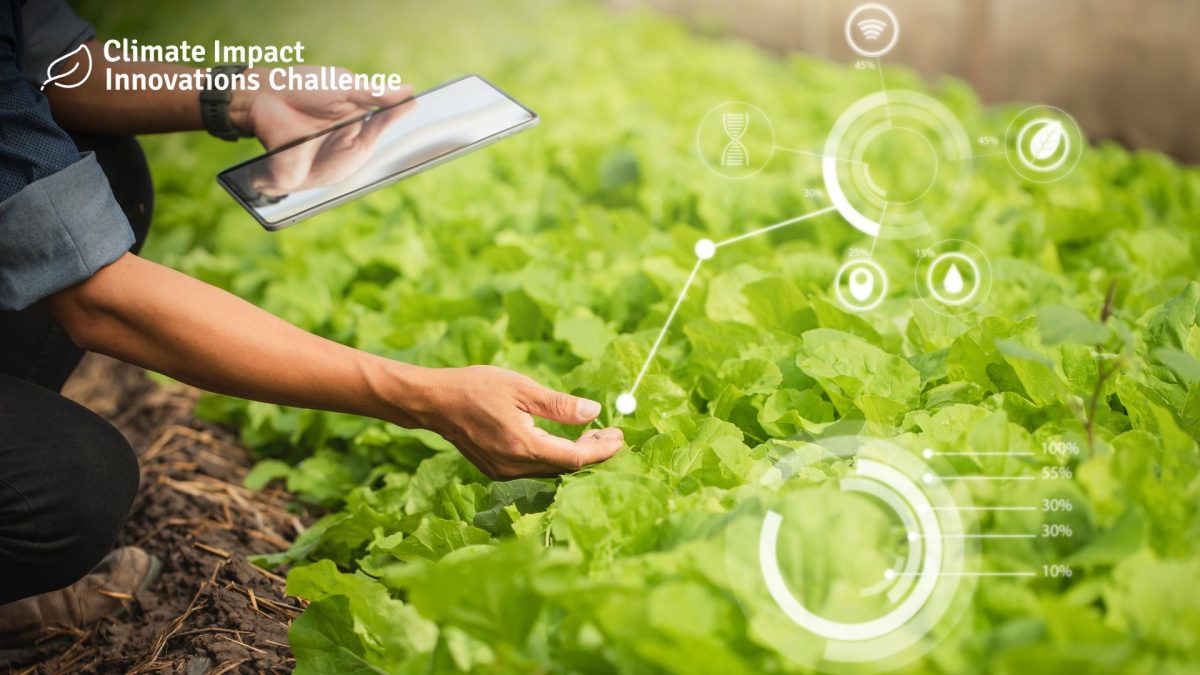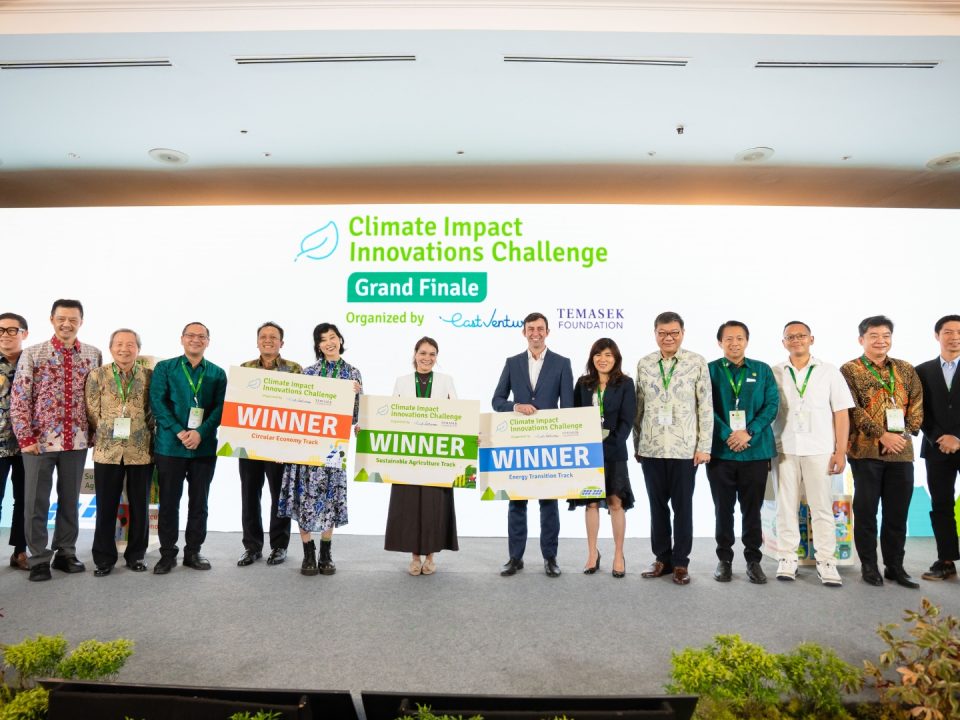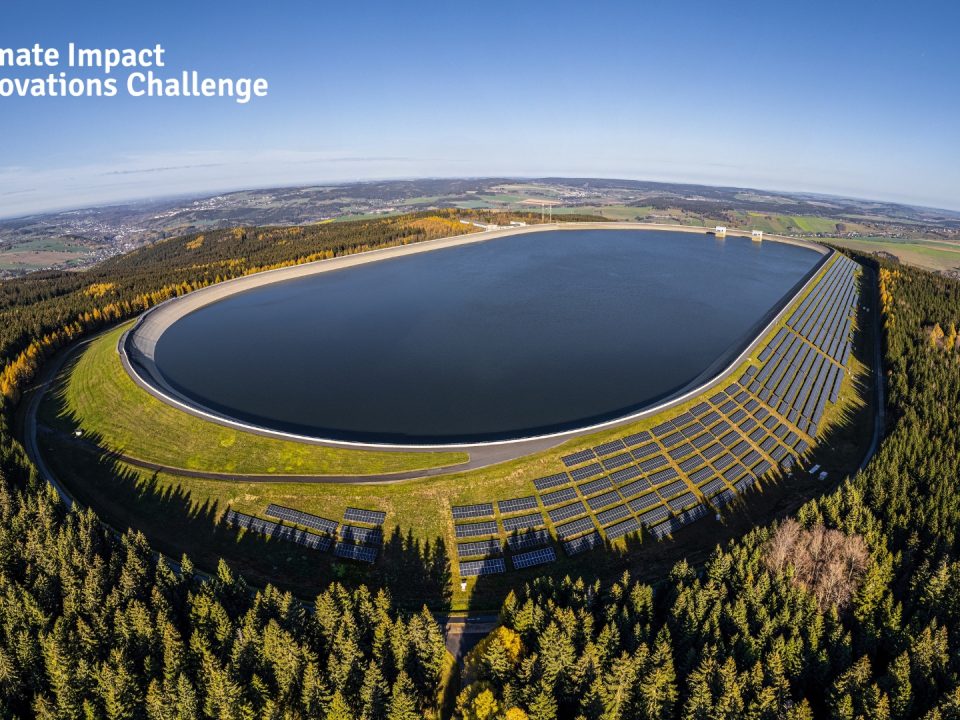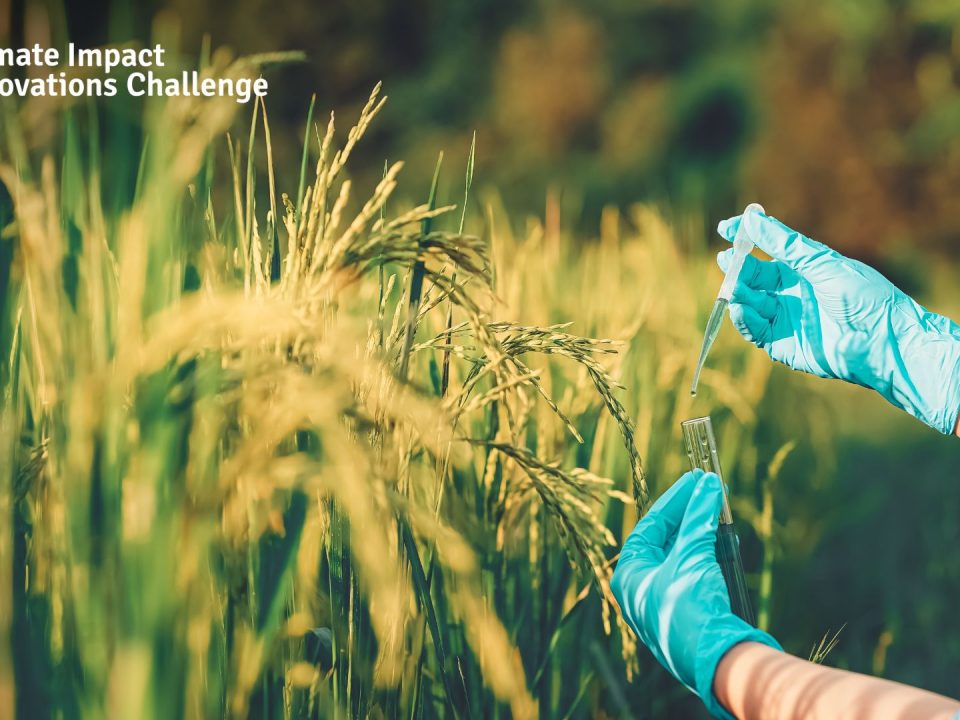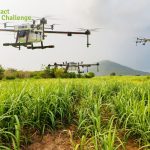
Affordable Food for the Price of Our Planet
July 15, 2025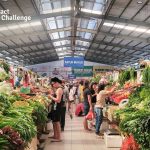
Clean Markets, Bright Energy: The Future of Biogas from Indonesian Traditional Markets
August 5, 2025From Information to Innovation: A Climate-Smart Platform for Sustainable Agriculture in Indonesia’s Peatlands
Written by Rahmat Hidayat
Farming in A Drying World
Extreme weather events have always drawn attention—not just because of the complex interplay of natural processes, but also due to their devastating impacts.
The mega-fires in Indonesia, which caused both economic and ecological losses, serve as a powerful reminder of how vulnerable we are to climate extremes. The phrase “Nature can no longer hold it back” feels increasingly relevant in an era where such events are becoming more frequent and unpredictable.
As climate change accelerates, these extremes are intensifying—causing reduced crop yields, worsening water scarcity, and triggering wildfires. These events are no longer rare—they are the new normal. This reality raises an urgent question: What if nature gives up on us sooner than expected? More importantly: What can we do to change?
The Disconnect Between Knowledge and Action
Too often, the volume of information overwhelms rather than empowers. Policymakers, researchers, and communities struggle to navigate this complexity without clear direction. Although the urgency to act is undeniable, fragmented communication and competing interests often obscure the path forward. One of the clearest examples of this disconnect is how we manage Indonesia’s peatlands—an ecosystem critical for both climate mitigation and local livelihoods.
Indonesia holds 13.4–14.9 million hectares of peatlands, storing nearly half of the world’s tropical peat carbon. These landscapes support local livelihoods while regulating water and biodiversity—yet their potential remains underused in national climate strategies.
Unfortunately, this potential is at risk. Peatlands are increasingly degraded by drainage, land conversion, and fires—threats made worse by climate change. As droughts intensify, dry peat becomes highly flammable, accelerating carbon emissions and harming rural economies.
While we possess abundant climate knowledge, smallholders still lack access to localized, timely tools. Here, the gap between science and action isn't just a barrier, it's a risk multiplier.
Policies are often too broad. Forecasts arrive too late. And farmers are left without actionable guidance. What’s needed isn't more data, but systems that turn insight into real-time decisions.
Bridging the Gap: A Climate-Smart Platform for Peatland Resilience
One of the biggest challenges in managing Indonesia’s peatlands is the absence of accessible tools that support adaptive, day-to-day decisions. These ecosystems are highly sensitive to water balance, where changes in groundwater levels can mean the difference between healthy crops and devastating fires.
A web-based application that predicts groundwater levels (GWL) across peatland regions with high spatial and temporal resolution is essential. By using climate inputs such as rainfall and temperature, this platform simulates daily fluctuations in the water table—a critical factor that determines peat health, crop viability, and fire risk.
Unlike many tools focused on a single element, this platform integrates multiple dimensions—climate, hydrology, and emissions—into one user-friendly interface.
By integrating and analyzing data in near real-time, the platform empowers farmers, local communities, and policymakers to:
- Plan planting seasons strategically
- Monitor field-level water risk
- Anticipate extreme drought events and take early action like rewetting to prevent spread of fire
When the water table drops too low, peat oxidizes and emits carbon dioxide, accelerating climate change. Excess water can also reduce crop yield. Managing this balance with localized data turns climate-smart agriculture from theory into practice.
How This Innovation Drives Climate and Economic Benefits
Beyond managing water risks, the platform also estimates greenhouse gas (GHG) emissions and carbon sequestration potential, which are closely linked to changes in groundwater levels (GWL). By continuously monitoring and evaluating current GWL and projecting future conditions under different climate scenarios, the platform can calculate expected emissions related to various farming practices.
This allows farmers and policymakers to:
- Understand the climate impact of land decisions
- Model how canal blocking or rewetting reduces emissions
- Set realistic, measurable carbon targets
The platform reduces degradation while supporting green growth. Smallholders, when organized in cooperatives, can aggregate carbon reductions and access carbon finance. This approach links restoration with profitability, making sustainable agriculture financially viable.
However, technology alone is not enough. Real impact comes from engaging local communities. Empowering people ensures solutions are understood and embraced. The future of peatland management depends not just on data, but on people.
Toward a More Resilient and Sustainable Agricultural Future
This platform is more than just data; it is a decision-support tool that bridges the gap between climate science and local action. By bringing predictive insights directly to those managing fragile ecosystems, we enable adaptive farming that protects food, restores nature, and slows climate change.
Through CIIC 2025, we present this innovation not only as a technological breakthrough, but as a shift in how we approach sustainable agriculture—where information empowers, local actors lead, and resilience grows from the ground up.
Visit climateimpactinnovations.com to learn more.
Because the future doesn’t belong to the most informed—it belongs to the most prepared.
Rahmat Hidayat is a runner up of the Climate Impact Innovations Challenge 2025 Article Competition.


